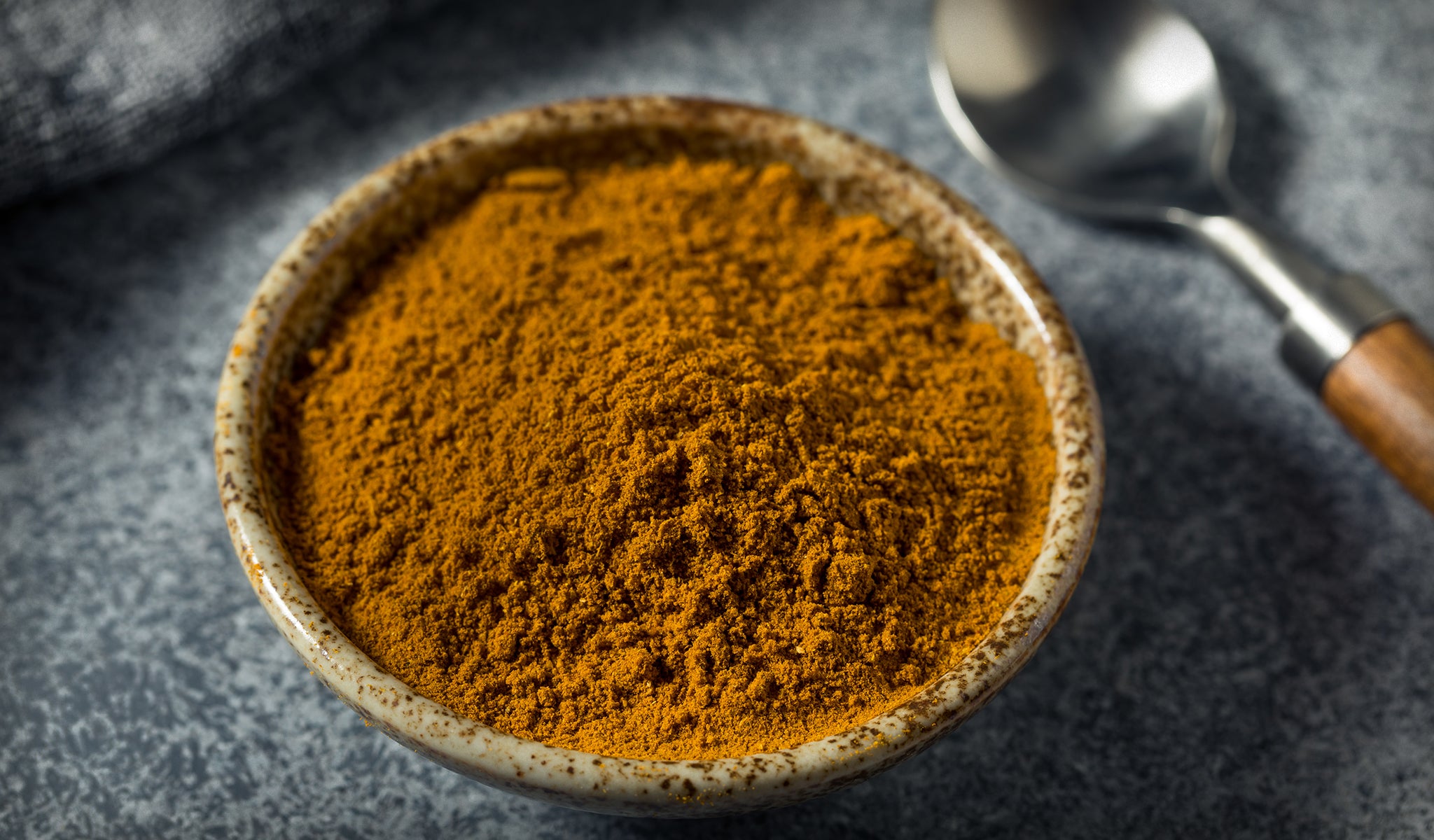At Destination Health we talk a lot about nutrient-dense foods. The most recent Kevin’s Kommentary was dedicated to his “Top 9 Nutrient-Dense Foods”. Wild Alaskan salmon made the list for reasons we will go into below. In working with our tribe and making dietary adjustments, I’ve realized that the vast majority of those seeking help don’t include seafood in their regular diet. Beef, chicken, and pork are discussed frequently on the topic of protein intake but it’s my hope this article will help encourage more seafood.
There are so many benefits associated with eating food from the sea. Not only is it rich in protein, but also a great source of vitamins, minerals, and healthy fats. Notable benefits include increased cognitive function, joint health, less inflammation, and cardiovascular support. Let’s discuss some of seafood’s healthy qualities, debunk common myths about the so-called “dangers”, and suggest top seafood items you should be including in your meals.
BENEFITS...
ANTI-INFLAMMATORYInflammation is at the root of chronic diseases like cancers and autoimmune disorders (1). One of the top qualities of omega-3 fatty acids, such as EPA and DHA, is their ability to reduce inflammation and support keeping common ailments at bay. The highest concentration and bio-available forms of these essential fats are found in seafood and marine algae. They are referred to as “essential” because our bodies cannot create them on their own so it’s imperative we get them through diet.
Vegetarians will argue that they can get these omega-3 fats from plants like flaxseed, hemp, and other nuts and seeds. There is some truth to this because these plant foods contain ALA, another important omega. While ALA is known to convert to EPA and DHA, the conversion is super low from plant sources. Less than 5% of ALA converts to EPA, and less than 0.5% converts to DHA. (2) Seafood, on the other hand, is the most abundant source of bio-available EPA and DHA ready for uptake and use in the body which is why we recommend eating it regularly.
Cardiovascular SupportA 2006 study showed that those who consumed fish high in EPA and DHA reduced their risk of death from coronary heart disease by 36% and total mortality by 17%. (3) The country of Japan provides a great case study for this point. On average, they eat 900/mg per day of EPA and DHA and have 87% lower death rates from coronary heart disease than those in the US and other Western populations.
Joint HealthOne of omega-3 fatty acid’s most well-studied benefits is its ability to relieve inflammation. Since arthritis is a disease of inflammation there should be no surprise that a diet of fish, high in omega-3’s, is most likely going to stave off this chronic problem.
Brain FunctionOmega-3’s are known to be beneficial, even essential, for brain health. The brain relies specifically on DHA for structure and function as almost half of brain tissue is comprised of this essential fatty acid. More recent studies show that both DHA and EPA can slow age-related mental decline and keep Alzheimer’s disease at bay by reducing neuroinflammation. (4)
Eye HealthAs we grow in age many of us are faced with vision loss. Much of this is due to age-related macular degeneration. The good news is we can get ahead of the issue by making seafood a mainstay in our diet. DHA comprises 60% of the retina in the eye, and research suggests fish consumption reduces the risk of macular degeneration. (5)
DEBUNKING HEALTH RISKS...
If seafood is so healthy then why aren’t more people eating it and reaping the many benefits? One of the most common deterrents of eating fish is the unfortunate belief that fish is high in contaminants like mercury, PCBs, and dioxins. Another misconception is that good seafood is hard to source and too expensive. Let’s debunk these myths now.
Heavy MetalsWhile many of the most commonly eaten fish do contain mercury what people often neglect to mention is the mineral selenium, which is a key factor in how mercury affects the body. Selenium has a high binding affinity for mercury, meaning they adhere to one another making it difficult for mercury to bind to parts of the body that pose danger. (6) There is no risk associated with eating fish with mercury if the levels of selenium are equal to, or higher than the mercury. For a ratio of mercury to selenium in commonly eaten fish check out this link by the Fishery Management Council.
Toxic MaterialSome would argue that fish is a significant source of PCBs and dioxins. PCBs (Polychlorinated Biphenyls) are industrial man-made chemicals, while dioxins are chemicals derived from the incomplete burning of household and industrial waste. Both are Persistent Environmental Pollutants and are highly toxic. While we can’t seem to get away from them entirely, there is little need for worry when consuming fish as they only make up 9% of dietary intake of these chemicals. Beef, chicken, and pork are the highest dietary sources at 34%, while dairy is 30% and vegetables 22%. (6) Just another reason to enjoy more fish!
SOURCING & PRICING...
Sourcing quality seafood is relatively easy, but it wasn’t always this way. Today you can get a plethora of fish delivered directly to your door, and it comes in a variety of ways. You can order it fresh and frozen or enjoy ready-to-eat options.
SEAFOOD TO STAY AWAY FROM...
Not all seafood is considered healthy. Fish farms are becoming more popular for raising “responsible” options, but that doesn’t necessarily mean it’s good for you. The best seafood is wild-caught. Below are a few items found in abundance but are unhealthy for a multitude of reasons.
TilapiaTilapia has a much higher ratio of omega-6 fatty acids to omega-3’s. While omega-3’s have anti-inflammatory benefits, omega-6’s do the opposite encouraging inflammation. Ideally, we would have a 1:1 ratio of the two but it’s impossible to stay away from omega-6’s in today's world which is why we need to ensure we’re getting more omega-3’s in our diet.
Farmed SalmonMost salmon you’ll come across is farmed. Farmed fish is not only higher in omega-6 fatty acids, but also full of toxins. Farmed salmon is no different. The living conditions are ridden with pesticides, feces, bacteria, and parasites. Many are also treated with antibiotics to counter the sub-optimal living conditions. As though that wasn’t enough, much of it is then dyed pink to make it look more appetizing.
Imported Farmed ShrimpMost, about 90%, imported farmed shrimp is coming from Asian countries where the living conditions are plagued with fecal matter and harmful chemicals. (7) They are also known to be treated with 4-hexylresorcinol, a food additive used to prevent the black spot. (8) This toxin has been linked to reduced sperm count in men and increased breast cancer in women. (9) If you do have farmed shrimp go for the US or Alaskan shrimp.
SEAFOOD YOU SHOULD EAT...
Some examples of seafood you should be eating are:
- Wild Alaskan Salmon
- Wild Sardines
- Wild Mackerel
- Albacore Tuna
- Mussels
- Oysters
- Alaskan or US Shrimp
THE TAKEAWAY...
Seafood is a great source of nutrient-dense food. Not only is it rich in protein, but also a great source of vitamins, minerals, and healthy fats. If you think eating fish is an issue of convenience, think again.
The Let’s Truck store has a variety of Vital Choice options to choose from. Pop in and take a look for yourself. Happy eating!
REFERENCES:
- https://www.ncbi.nlm.nih.gov/pmc/articles/PMC3492709/
- https://chriskresser.com/why-fish-stomps-flax-seeds-as-a-source-of-omega-3/
- https://jamanetwork.com/journals/jama/fullarticle/203640
- https://pubmed.ncbi.nlm.nih.gov/27633106/
- https://www.ncbi.nlm.nih.gov/pmc/articles/PMC5133126/
- https://jamanetwork.com/journals/jama/fullarticle/203640
- https://www.consumerreports.org/cro/magazine/2015/06/shrimp-safety/index.htm#trip
- https://www.sciencedirect.com/science/article/abs/pii/088915759190008T
- https://www.sciencedaily.com/releases/2009/03/090302125924.htm



